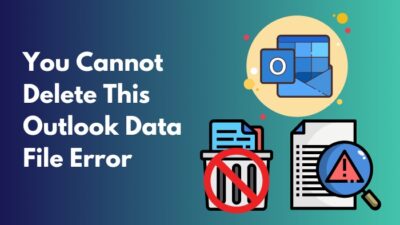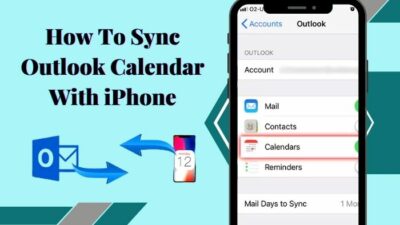Adding a rating column to SharePoint means that you can know which files are commonly used by the employees. You can see the likes/dislikes or star ratings of all components across your SharePoint site.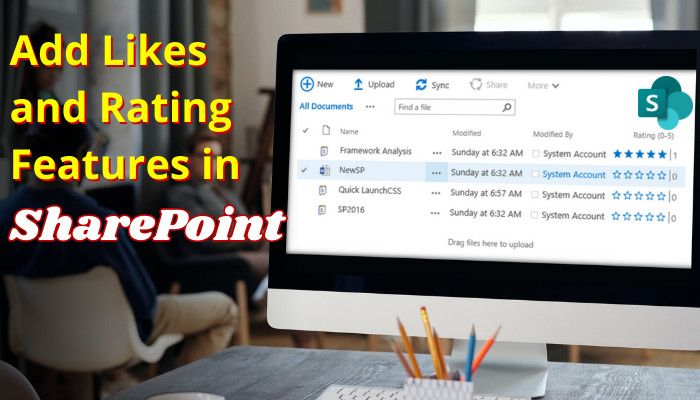
In case you are looking to add this feature to your work site, just follow this article. Here you will find the easiest way to add likes and ratings to your files on SharePoint. This is quite simple and can be used across any component on SharePoint.
So, let’s get started.
Likes and Ratings are nothing new on SharePoint. You can use it to take opinions from others very quickly. Maybe you won’t use it everywhere, but it certainly is a nifty feature to have.
Let’s look at two scenarios where this can be helpful.
Scenario 1: When you access a new file on SharePoint, maybe you found it useful. But there is no way to comment there for others to know. What you can do instead is hit the like button so that others can know this is an important file.
Scenario 2: Another use case can be ratings. Maybe your boss wants you to rate items on a list. That can be done, too, by adding star ratings to a SharePoint list.
The options are limitless when it comes to adding these on SharePoint. Just figure out how it fits into your workflow.
Documents, Library, and Pages can show the likes and ratings counter on SharePoint. It also allows you to interact with these from anywhere on the SharePoint site.
But you cannot manually add a rating counter to a SharePoint page. If a component you add already has a rating counter, then a SharePoint page will be able to view it.
To add a likes column on any SharePoint document or file, you need to enable these for all items individually. On my SharePoint page, I have a list and a document library. If I want the likes column to appear, I have to configure this separately for both items. This task is repetitive, considering you have multiple sites and host many documents there.
To demonstrate this, this is what the List shows right now.
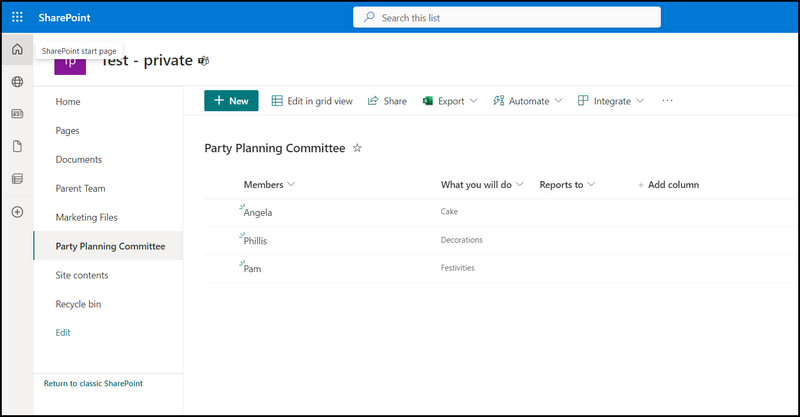
You cannot see any likes function anywhere. Let’s change that.
Follow these steps to add likes and ratings to SharePoint:
- Open SharePoint and navigate to your site. The recently opened sites will be present on the homepage. Click on one to enter it.
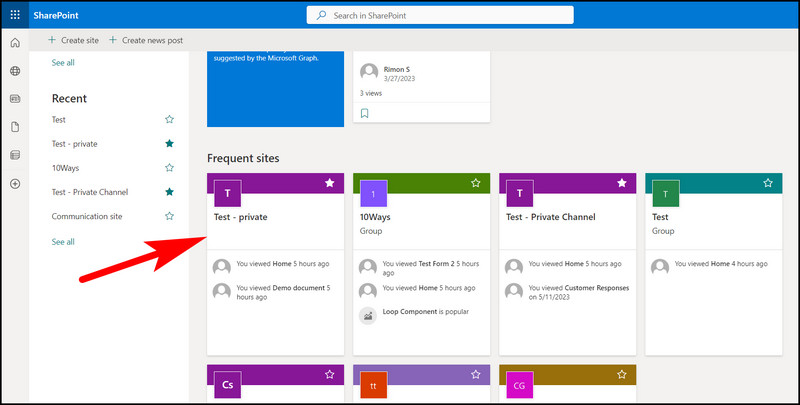
- Click on the navigation option present on the left tab of your SharePoint site where you need to add ratings. Since I want to add ratings to a list, I will click on Party Planning Committee.
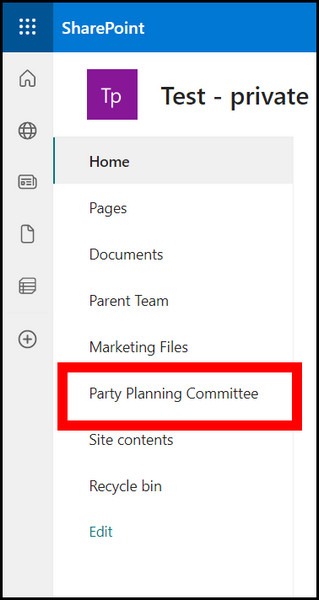
- Click the cog icon and go to List Settings. If you are currently in a document section or a SharePoint page, this might show up as Library Settings.
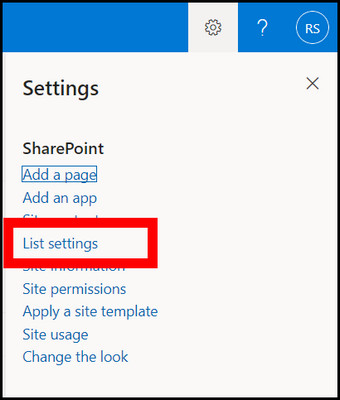
- Now click on Rating Settings.
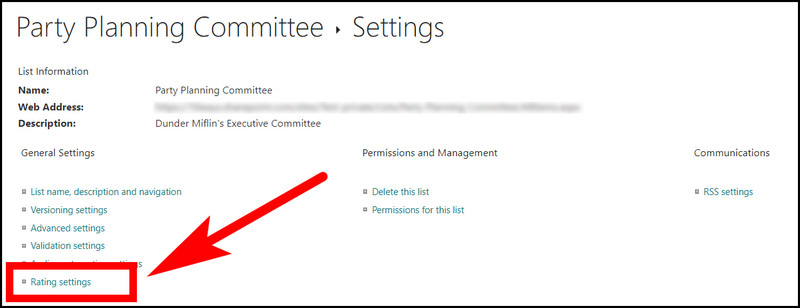
- Select the Yes radio button under Rating Settings.
- Choose between Likes or Stars and click on the one you want to keep.
- Click the Ok button to make these changes permanently.

Now reload the SharePoint site again. You should see a rating scale present. Go ahead and rate it. You should see that the results are recorded.
Once others start to rate, the overall ratings will show up. You can see the number of likes next to each document of lists where you have it enabled.
The metrics will only show up if you choose to add the Like column on SharePoint.
To see how many likes a particular document or a list has stacked up, open it from the left navigation bar on SharePoint. You can see that my sample list only has a single like given till now, which I have submitted.
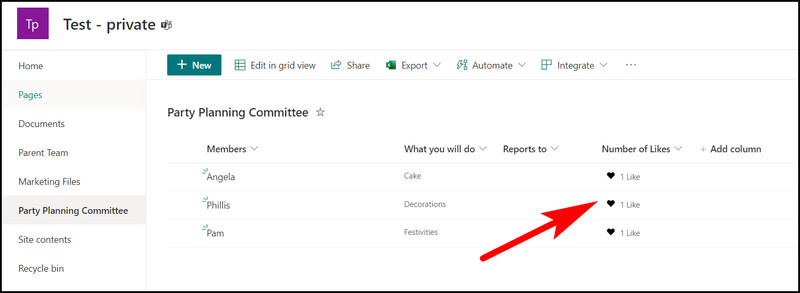
The same view will be there for documents or a list, wherever you choose to incorporate on.
Frequently Asked Questions
Can you add a like button on a SharePoint page?
No, you cannot add a like button on a SharePoint page. But if a certain element has a like button (say a list), then the page will display the like button.
How do I enable likes on SharePoint online?
To enable likes on SharePoint online, navigate to Library Settings. Next, go to Rating Settings. Select Yes and enable either likes or ratings from here.
Conclusion
Just like social media, likes and ratings will make your organization’s site more interactive. Just because you use SharePoint for work, it does not mean that it needs to remain boring. Implement the features mentioned in the article and add a fun element to your work.
So, what are your opinions on this feature on SharePoint? Do let us know in the comment section.
Meanwhile, it is time for me to say goodbye.
See you on some other guide next time.

